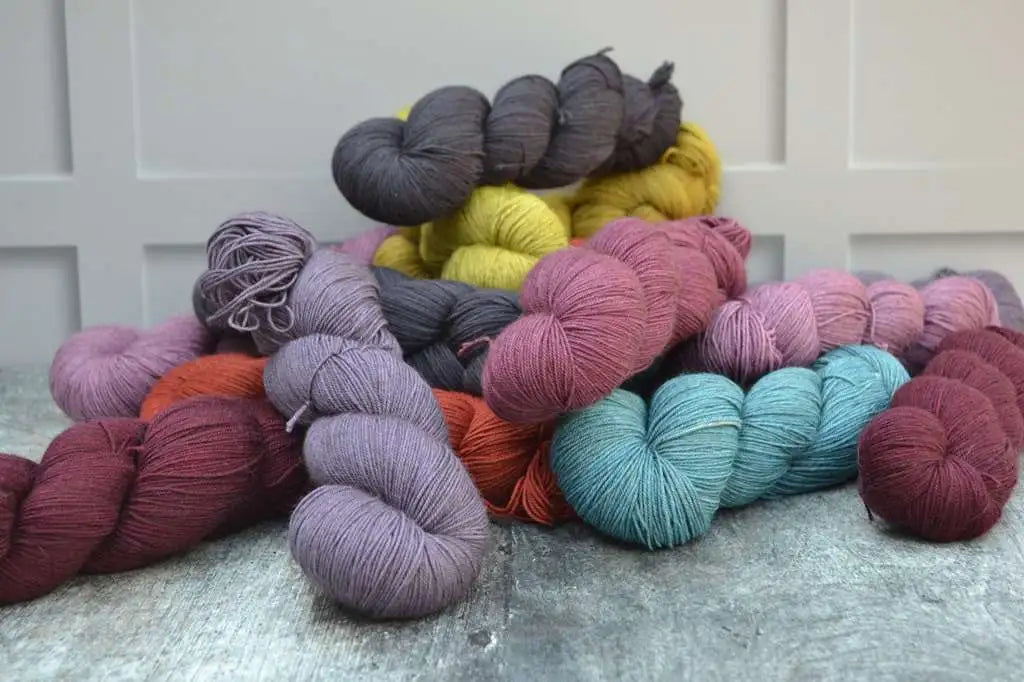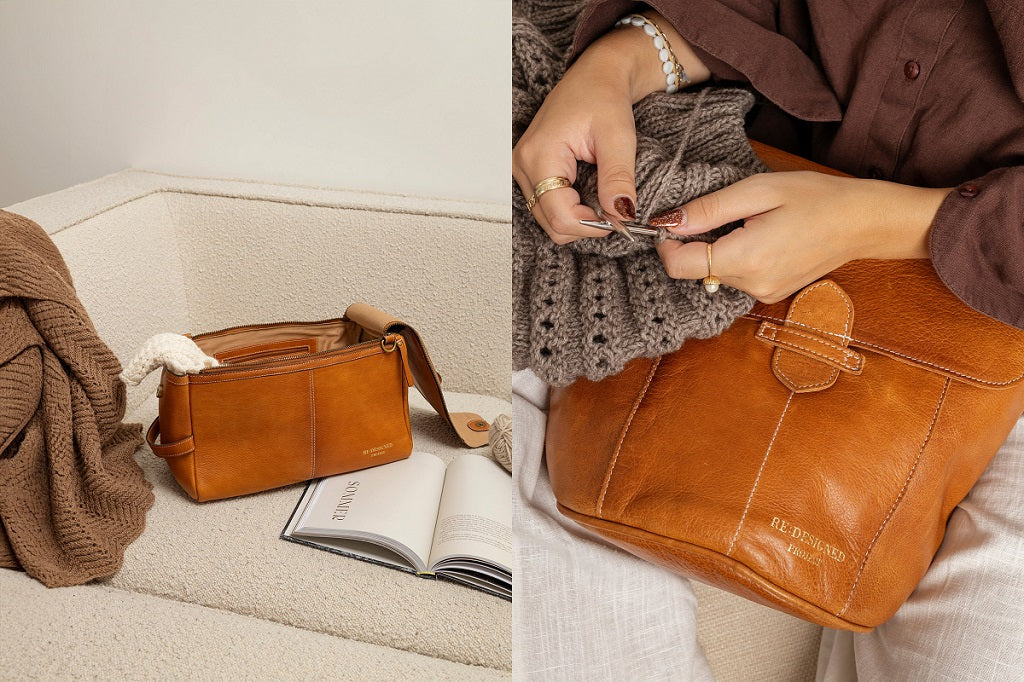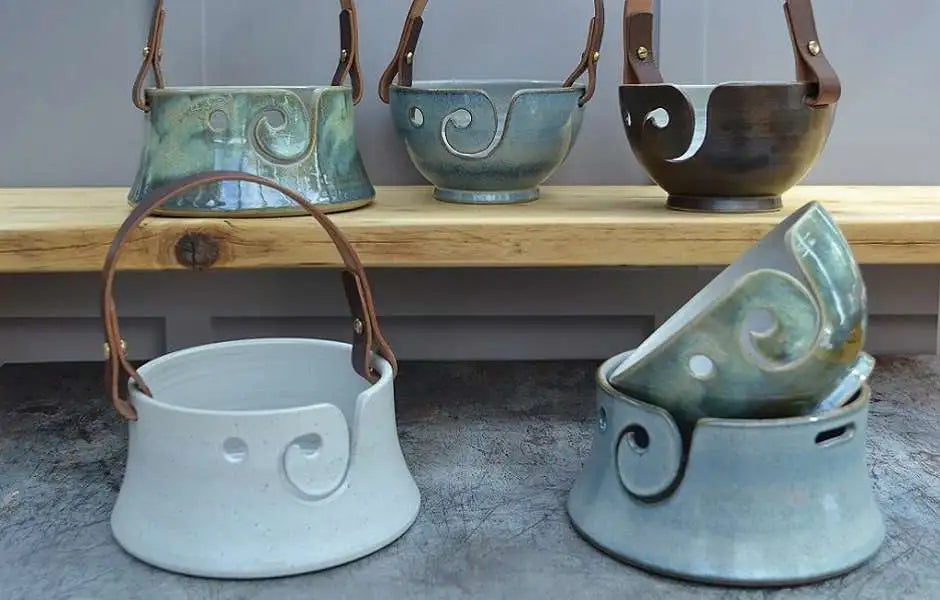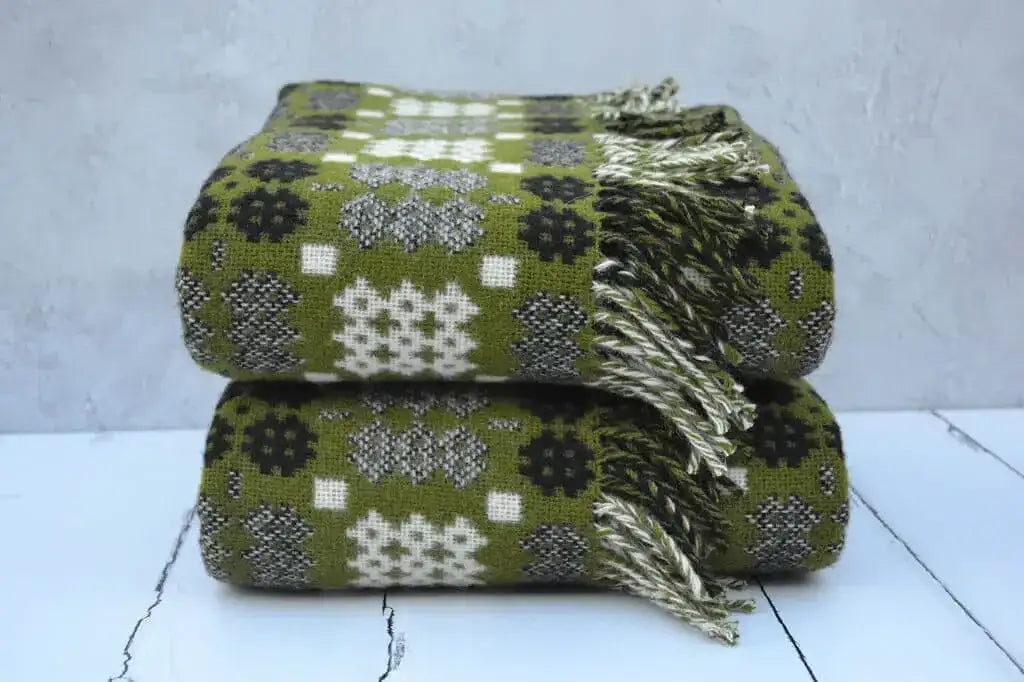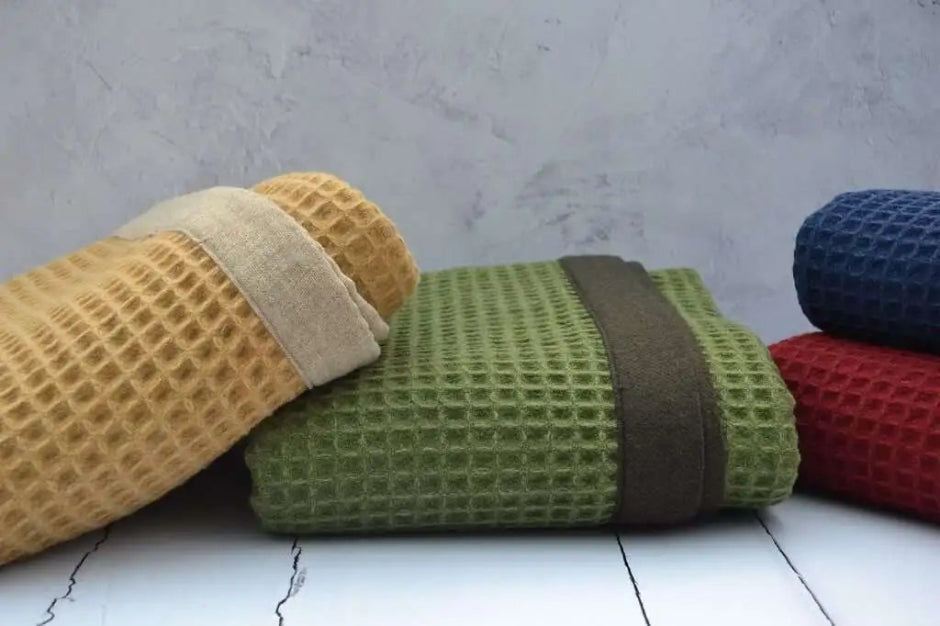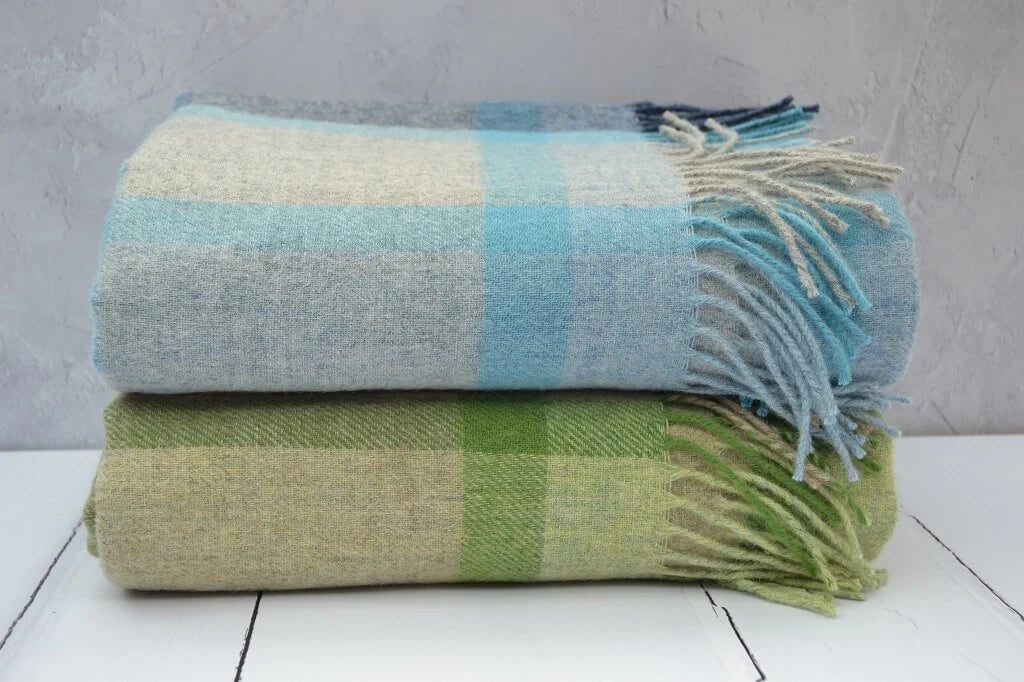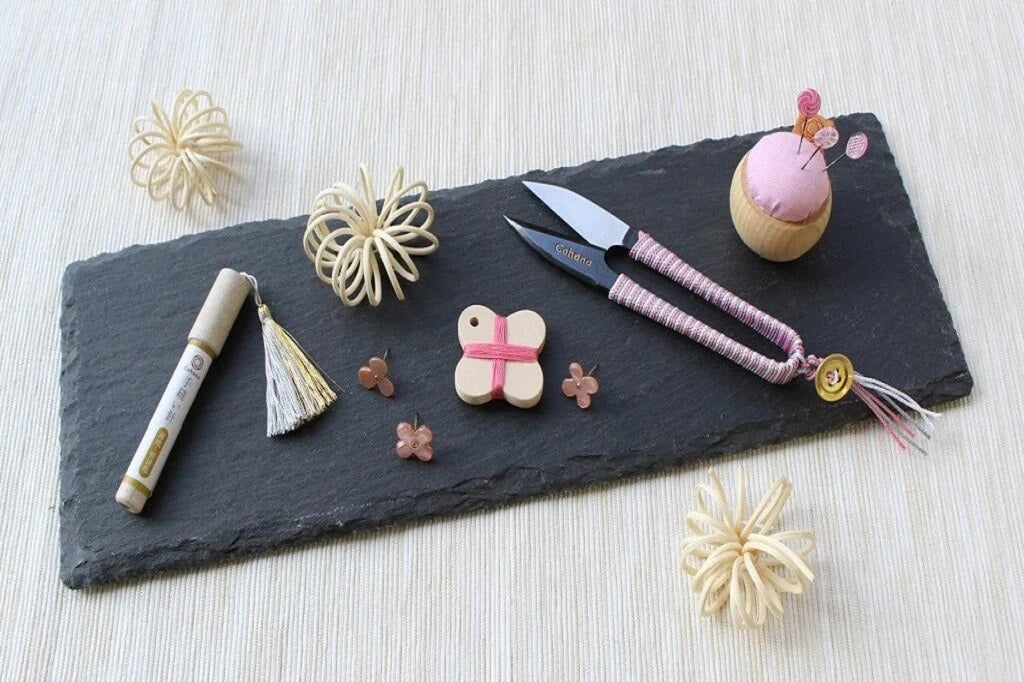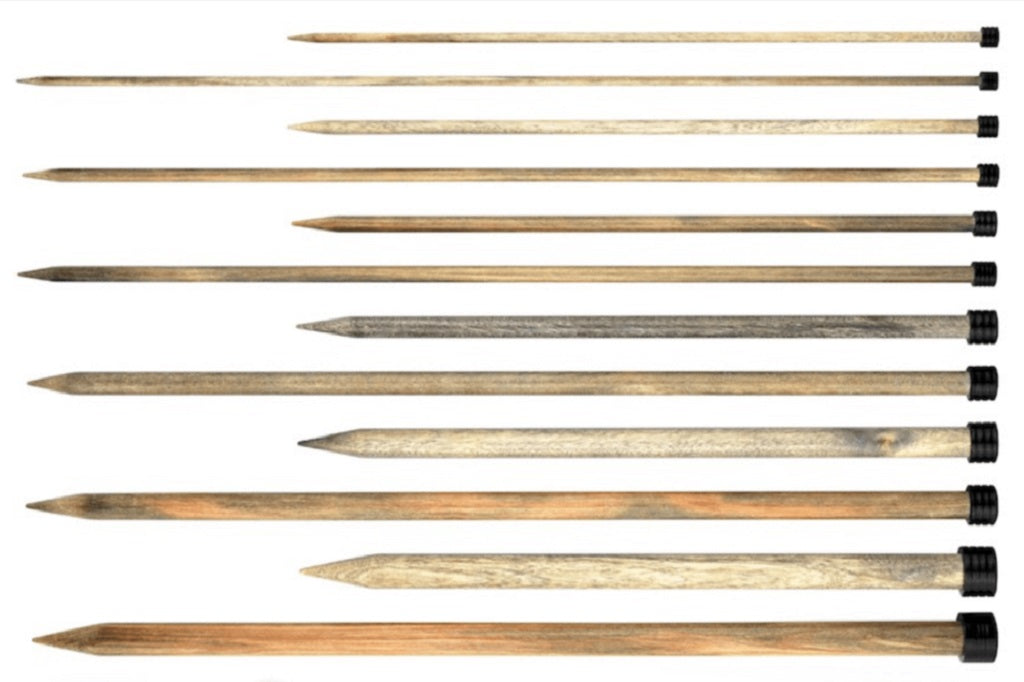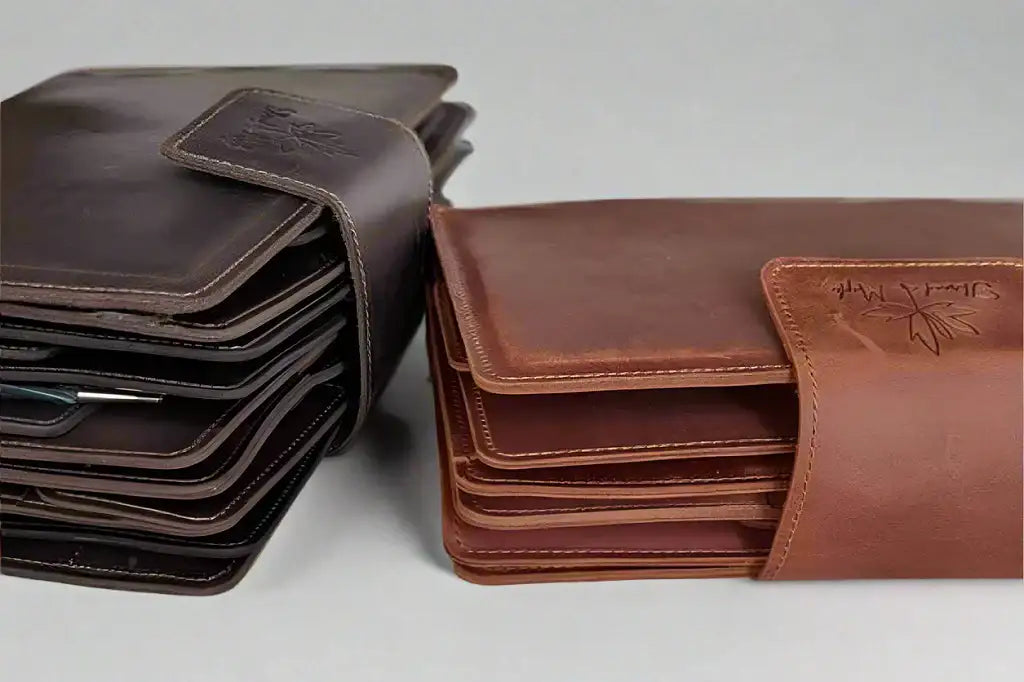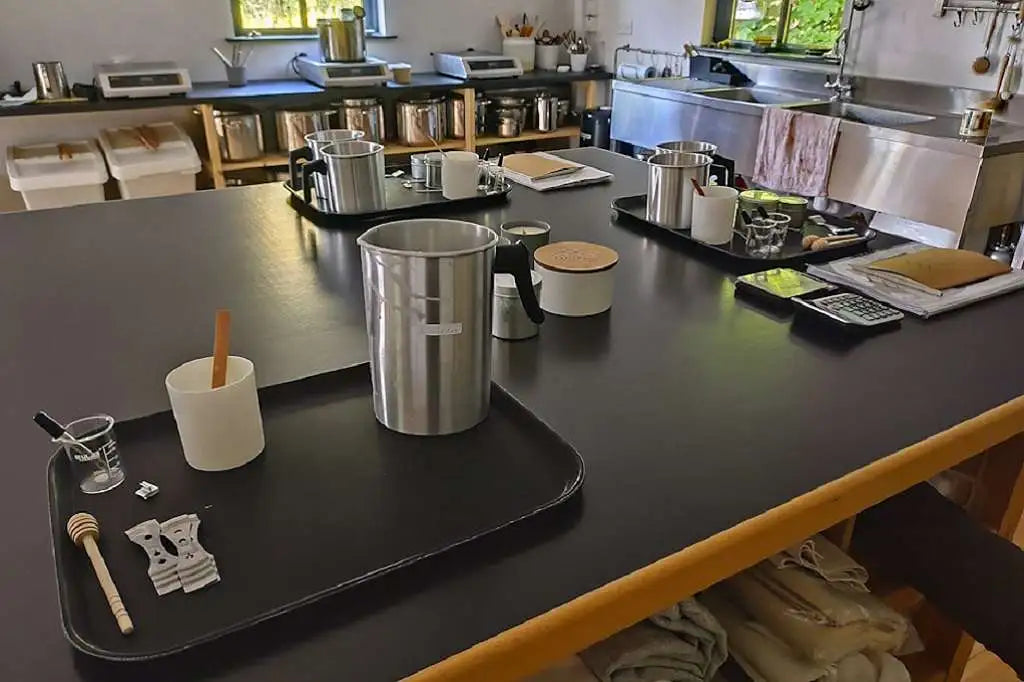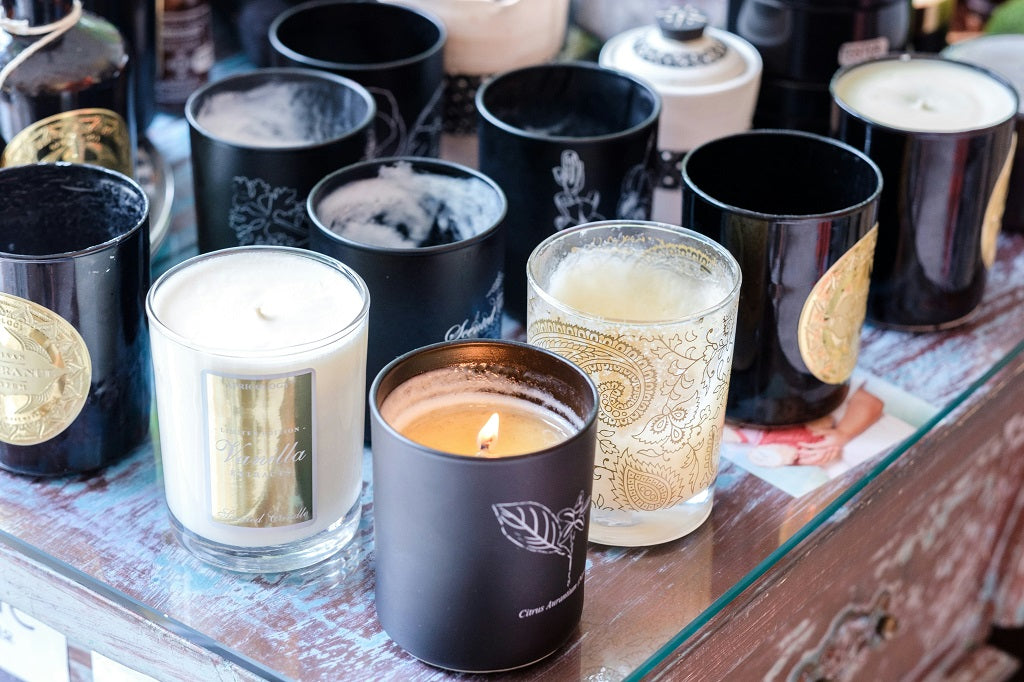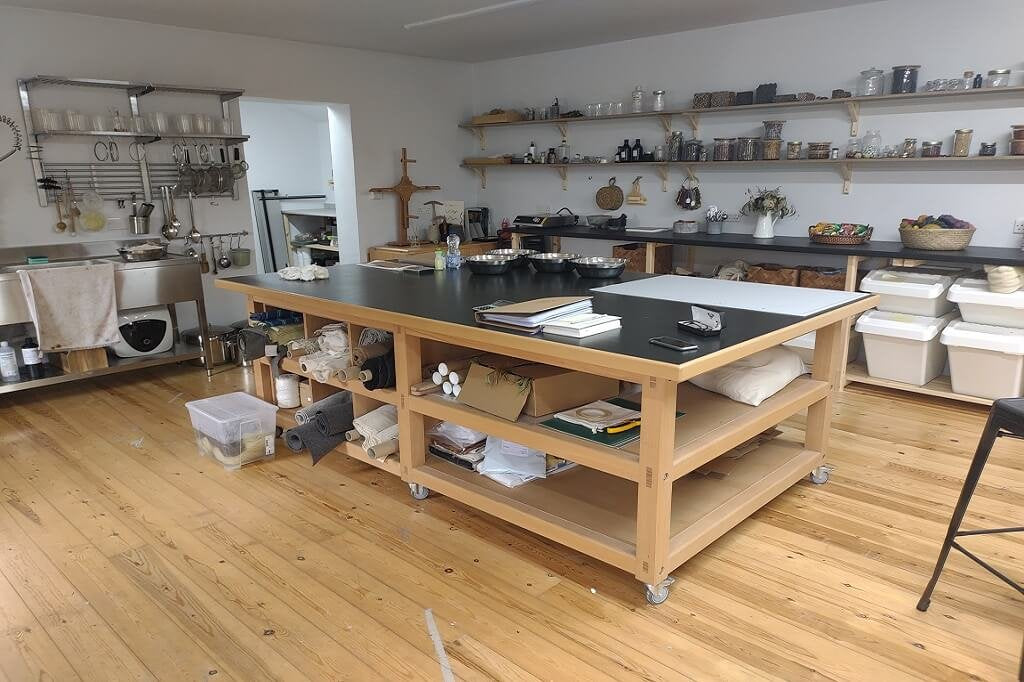Website closes today (15th December) at midnight for pre-christmas deliveries
Website closes today (15th December) at midnight for pre-christmas deliveries
Yarn Shop
Welsh Blankets
Clearance Sale
Craft Courses
Our Story
Blog

Christmas Last Post Dates 2025
by morgana . December 08, 2025 2 min read
Our UK Christmas last order date is 15th December 2025, and those parcels will be posted on 16th/17th December with DPD, Royal Mail or Parcelforce "signed for and tracked" Express24 service. Our digital Gift Cards can be ordered up to midnight on 24th December for immediate email delivery. Recommended last posting dates for international shipping are detailed in this Blog Post.

Clearance Sale - Discontinued Ranges
by morgana . August 09, 2025 1 min read
30% discounts off Selected Items
- Currently the best offers available on this website.
- No need for discount codes, discounts automatically applied in the Basket/Checkout.
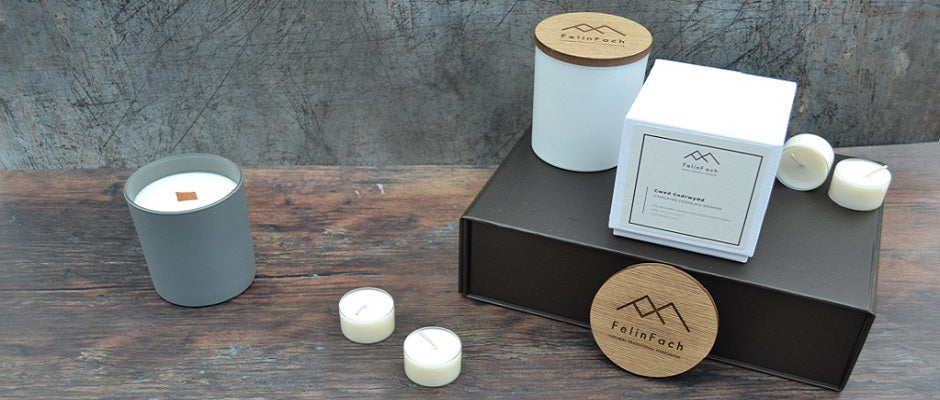
Candle Making Workshops for 2025 - Extra Dates Announced
by morgana . March 08, 2025 2 min read
Commencing in February 2025 new dates for our Candle Making Workshops are announced today. All courses are bookable online.
No Suitable Dates?
We are flexible on dates and if these bookable dates do not suit you, please email with your desired dates for a course between February and November 2025 and we'll do our best to arrange - Contact Us.
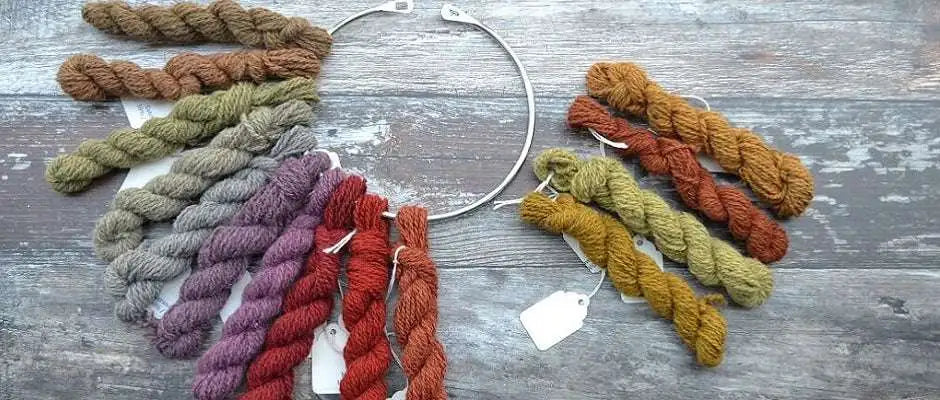
Craft Courses - Natural Dye Courses - Dates and Prices for 2025 Published
by morgana . December 05, 2024 2 min read
Dates and Prices for Natural Dye Craft Courses 2025
Start your natural dyeing journey here, in the rural SA37 postcode area of Pembrokeshire - near to the coastal towns of Newport and Cardigan in West Wales. Learn how to hand dye protein fibres (animal fibres such as sheep wool, alpaca, yak and silk) or cellulose fibres (plant fibres such as cotton, linen, hemp and bamboo) using natural dyes.

Ultimate Last Minute Gift - Gift Cards by Email
by Morgana . December 05, 2024 2 min read
Ultimate last-minute gift for any occasion, a digital eGift Card. Give them the gift of choice with a FelinFach gift card, from £10. eGift Cards are sent instantly by email after purchase to the email entered at checkout. Easy! Our gift cards are NOT time limited. Gift cards can be used to purchase any product on this website, including Craft Courses and Workshops.

Candle Making Workshop Dates and Prices for 2025
by morgana . November 22, 2024 1 min read
Dates for Candle Making Courses in 2025 now available from March to November 2025. At the end of each course, you will take home candles you've made worth over £35.

Welsh Gift Ideas - Wool Scarves
by morgana . October 16, 2024 2 min read
A selection of 100% wool scarves woven in different colours and designs to suit most preferences for scarves! Choose from a lightweight silk and wool blend, a heavyweight rarebreed as well as lambswool. Rarebreed Jacob and Ryeland wool scarves are a true Welsh product - sheep live and graze on Welsh farms and the spinning of the yarn and weaving of the scarves also done in a Welsh mill - farm to yarn in Wales!

Christmas Gift Ideas
by morgana . October 09, 2024 3 min read
It's that time of year when were all trying to think of that special gift for friends, family and loved ones. If you are struggling for ideas or need inspiration, we have put together a selection of Christmas gift ideas from our store to help. Chistmas candle gift sets and a selection of Welsh gifts, made in Wales or even handmade in Wales. Gift cards are available by post and email - by email can be sent as a very last-minute present as they are delivered immediately

Welsh Celebration Day Candles
by morgana . August 25, 2024 3 min read
Our limited edition Welsh Celebration Day Collection celebrates a time of year of special significance in Wales with specially curated fragrances. Hand poured with soy wax and an eco-friendly wood wick, every candle is vegan and cruety free. All shipped in plastic free, recyclable and biodegradable packaging.

Welsh Blankets - Traditional Caernarfon Portcullis Patterns
by morgana . June 19, 2024 2 min read
New Welsh blankets, 100% British wool blankets, woven in Wales as part of the iconic and historic Caernarfon portcullis design. They are a beautiful and stylish addition to any room in your home. Soft to touch and they will keep you warm and cosy on those chilly days and evenings.

NEW Botanical Inks Website Pages
by morgana . June 07, 2024 1 min read
Botanical inks are handmade in small batches using our tried and tested recipes as well as historical formulae and only natural ethically sourced ingredients. The result, a natural botanical ink in extraordinary colours from nature.
Our new inkwells and water bowls are hand thrown by a ceramist in West Wales to the FelinFach design. Glazed in greens, blues, browns and golds, each has a turned foot ring making them beautiful miniatures. Each product is unqiue, part of the beauty of a handmade product!

Calan Mai - May Day
by morgana . April 30, 2024 2 min read

